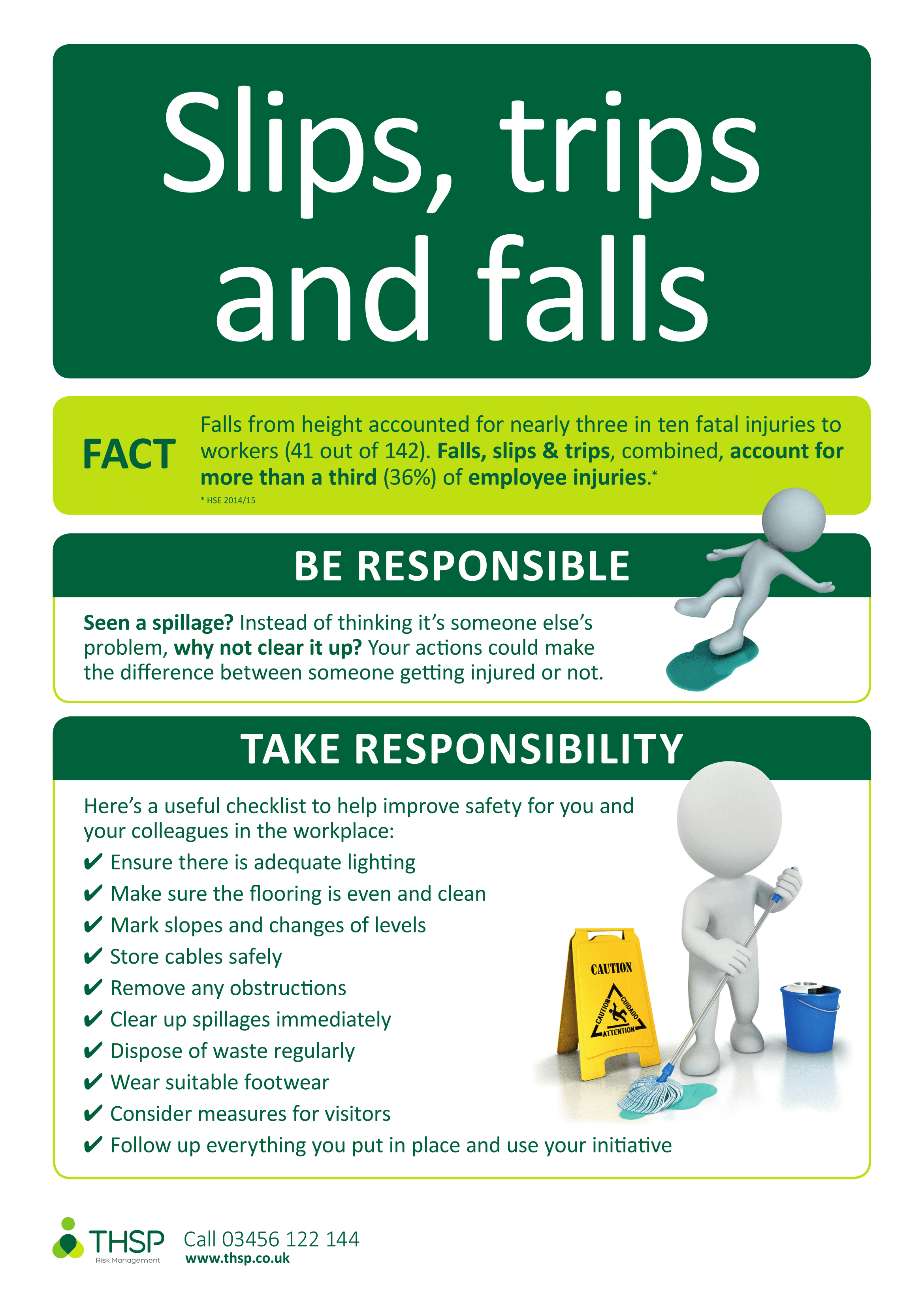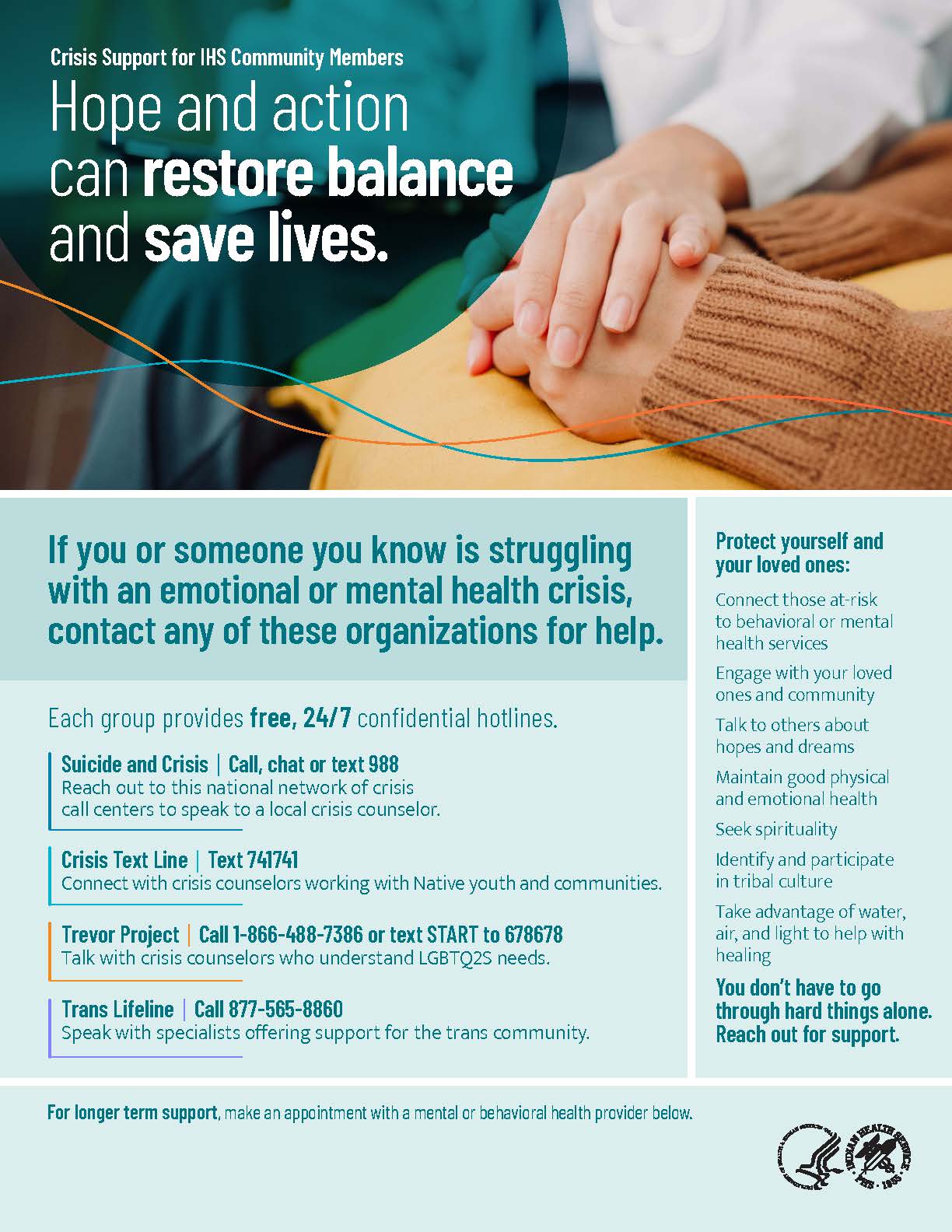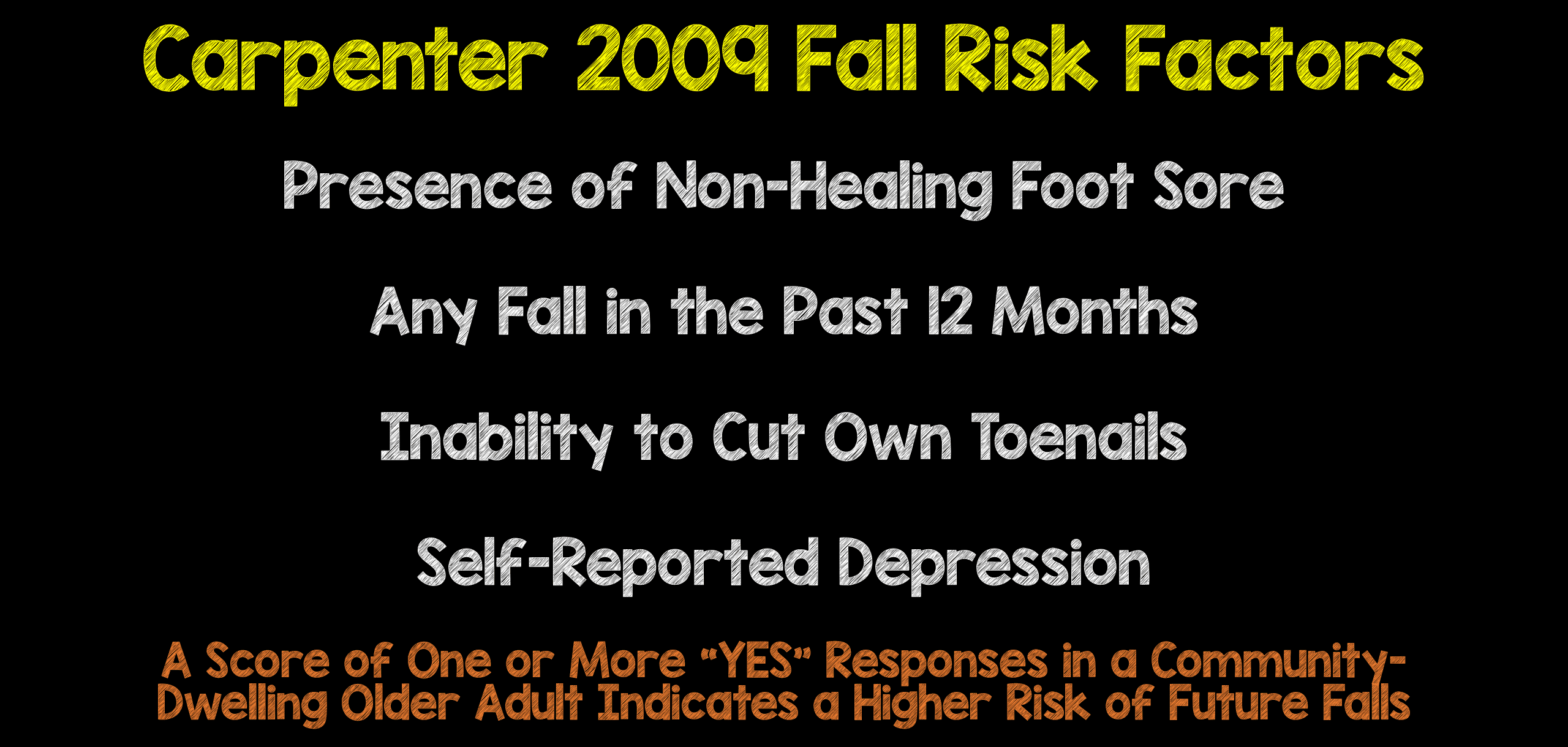
OSHA 10 Fact Sheet Fall Protection Occupational Safety And Health Administration Working
Falls in adults aged 65+ are the leading cause of head injuries and broken hips, with one in ten falls resulting in serious injuries such as hip fracture, other fractures, subdural hematoma, or traumatic brain injury. 5,6. Falls are the most common cause of traumatic brain injuries for people in every stage of life, and result in 800,000 total.

Fall Prevention Checklist Interim HealthCare
Amgen - "The CDC Foundation's fall prevention initiative shines a spotlight on an important and preventable health risk for older adults. A broken bone resulting from a fall can be a life-altering event.

Fact sheet about fall statistics and prevention Fall prevention, Fall prevention elderly, Fall
Fall Prevention Fact Sheet (OSHA FS 3533 - 2012) (English: PDF ) (OSHA FS 3534 - 2012) (Español: PDF ) (OSHA FS 3545 - 2012) (Polski (Polish): PDF Add to cart ) (OSHA FS 3549 - 2012) (Русский (Russian): PDF ) Fall Prevention Poster (OSHA 3531 - 2012) (English: PDF ) (OSHA 3532 - 2012) (Español: PDF ) Fall Prevention Wallet Card

Have you seen OSHA's fact sheet on Fall Protetiont? http//qoo.ly/jz659 National Safety
Approximately 28-35% of people aged of 65 and over fall each year increasing to 32-42% for those over 70 years of age. The financial costs are substantial and increasing worldwide. The personal, family and societal impact of fall-related injuries for older persons, their families and society, and the possibility of effective interventions make.

eLCOSH Fall Prevention Training Guide A Lesson Plan for Employers
Fall Prevention Publications Webpage contains fall prevention materials in English and Spanish. Fall Protection in Construction (PDF) Protecting Roofing Workers (PDF) Ladder Safety Guidance Falling Off Ladders Can Kill: Use Them Safely - Booklet ( PDF) Safe Use of Extension Ladders - Fact Sheet ( PDF)

Fall Prevention and Recovery Training Policy and Procedure Assisted Living Home Services
There are simple steps you can take to prevent falls and decrease falls risks. CDC developed the STEADI (Stopping Elderly Accidents, Deaths & Injuries) initiative which includes educational materials and tools to improve fall prevention. Download materials below, or order hard copies from CDC-INFO on Demand.

Health and safety poster, Osha safety training, Occupational health and safety
10 steps to help prevent falls for seniors Understanding the facts on falls and fall prevention can help millions Americans safeguard themselves from the traumatic impact of fall- related injuries. Most falls eventually lead to issues with daily activities and can drastically decrease an older adult's quality of life.

Falls Hamilton Health Care System
36,000 Falls among adults 65 and older caused over 36,000 deaths in 2020, making it the leading cause of injury death for that group. 3 Million In 2020, emergency departments recorded 3 million visits for older adult falls. $50 Billion Older adult falls cost $50 billion in medical costs annually, with 3/4 paid by Medicare and Medicaid. Fall Facts

Risk Assessment Posters Poster Template
Talk to your health care provider to prevent falls. If you fall and are injured, seek medical attention right away (call 9-1-1 or go to the emergency room). If you do fall, be sure to see your doctor afterwards even if you don't think that you're injured. Get your vision and hearing checked every year.

Posters and Fact Sheets Resources
Inspect before use (by competent person); 7. Don't use a ladder on top of a scaffold; 8. Don't stand on guardrails; 9. Don't climb cross-braces. Falls from roofs can be prevented: 1. Wear a harness and always stay connected; 2. Make sure your harness fits; 3. Use guardrails or lifelines; 4. Inspect all fall protection equipment before use; 5.

Em 385 Fall Protection Plan Template Fill Out and Sign Printable PDF Template signNow
Key Takeaways With over one in four Americans age 65+ falling each year, NCOA provides facts, tools, and fall prevention strategies to help keep you safe. The financial toll for older adult falls is expected to increase as the population ages and may reach over $101 billion by 2030.

Part 1 of 2 Fact Sheet, Falls Prevention FPAD14 health tips Fall prevention, Prevention
Key facts Falls are the second leading cause of unintentional injury deaths worldwide. Each year an estimated 684 000 individuals die from falls globally of which over 80% are in low- and middle-income countries. Adults older than 60 years of age suffer the greatest number of fatal falls.

With this Free Fall Prevention Fact Sheet you will learn the steps that can be taken to help
FACT SHEET Older Adult Falls A growing problem that can be prevented. IN 2018 1 in 4 older adults reported falling— this equals about 36 million falls. Falls can threaten the health and independence of older adults. More than 8 million falls required medical attention or limited activity for at least a day. More than 32,000

Fall Prevention Risk Factors REBEL EM Emergency Medicine Blog
Falls Prevention. As we age, we are at increased risk for falls. Falls can lead to injury and even hospitalization.. Nutrition & Fall Prevention— VA fact sheet on the connection between nutrition and fall prevention; Tools &Toolkits. Falls Prevention Awareness Week Toolkit— Toolkit hosted by NCOA and the Falls Free Initiative;

INFOGRAPHIC Fall Prevention Fact Sheet
To prevent employees from being injured from falls, employers must: Guard every floor hole into which a worker can accidentally walk (using a railing and toe-board or a floor hole cover). Provide a guard rail and toe-board around every elevated open sided platform, floor or runway.

Check for Safety A Home Fall Prevention Checklist for Older Adults freeprintables The
FALLS PreveNtiON FACt Sheet NCOA's role NCOA leads the Falls Free® Initiative, a national effort to address the growing public health issue of falls and fall-related injuries and deaths in older adults. The Initiative's work includes: Falls Free National Action Plan In March 2005, NCOA, in collaboration with The